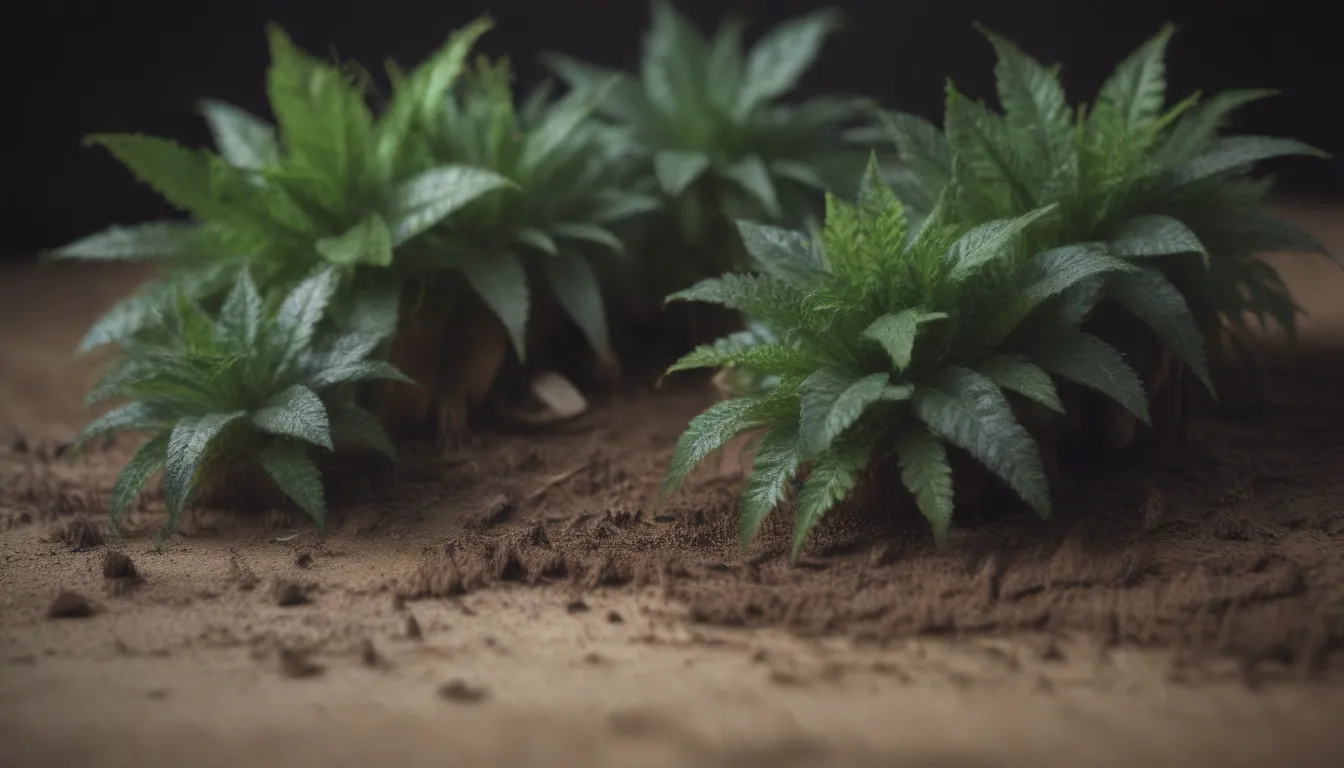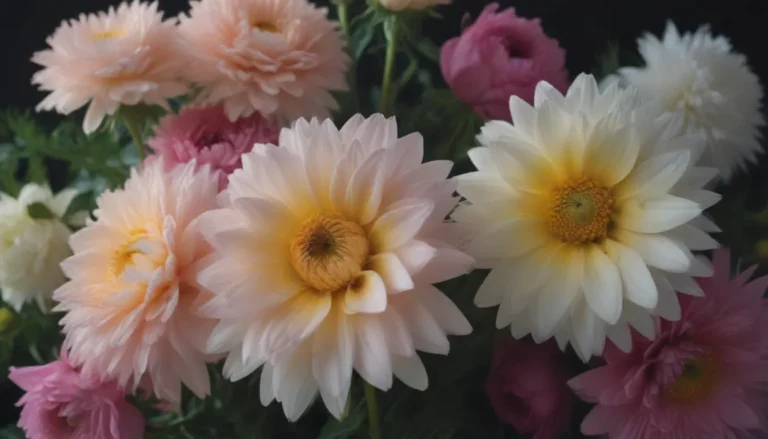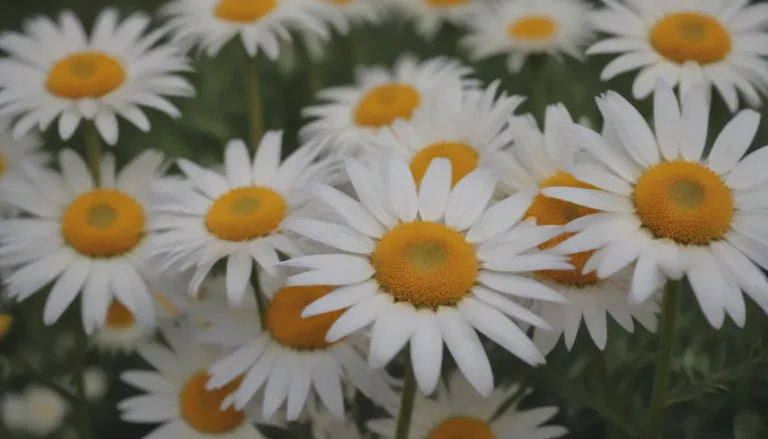How to Manage and Prevent Mold on Houseplant Soil

If you’re a proud plant parent, you might have encountered the pesky issue of mold on your houseplant soil. It’s not uncommon, and it’s certainly nothing to panic about. In fact, with a little know-how and some proactive steps, you can easily address the problem and prevent it from recurring. So, let’s dive into what you can do when you spot mold on your beloved green friends.
Recognizing Mold on Soil
First things first, let’s talk about how to identify mold on your soil. Mold on houseplant soil often manifests as white fuzzy patches on the surface of the soil. Keep an eye out for these telltale signs, especially in moist or wet soil conditions, as mold thrives in these environments.
Understanding the Causes of Mold Growth
Why does mold tend to rear its fuzzy head on your plant’s soil? Well, mold spores are a natural component of soil, both indoors and outdoors. Under certain conditions, like consistent overwatering, poor drainage, or contaminated soil, these harmless spores can transform into fungi that compete with your plant for nutrients. Here’s what you need to know about the common causes of mold growth:
- Overwatering is a major culprit for moldy soil. Providing your plant with more water than it needs creates a breeding ground for mold spores to flourish. Adjust your watering schedule according to your plant’s needs, especially during the fall and winter months.
- Poor Drainage is another factor that can lead to mold. Ensure your plant’s container has proper drainage holes and consider adding soil amendments like perlite or sand to improve aeration and prevent waterlogging.
- Contaminated Soil can introduce mold problems to your plant. Be cautious of using soil that has been exposed to moisture or not stored properly, as it may harbor mold spores that can proliferate over time.
Effects of Moldy Soil on Houseplants
While mold on soil is typically harmless, it can signal an underlying issue with your plant’s environment. Excessive mold growth could potentially hinder your plant’s growth by competing for nutrients. Moreover, moldy soil often indicates overly moist conditions, which can lead to more serious problems like root rot. Addressing mold promptly is key to maintaining your plant’s health and vitality.
Remedies for Moldy Soil
So, what can you do to tackle moldy soil and restore your plant’s well-being? Here are a few effective methods to combat mold growth:
- Replace the Soil: If you suspect poor drainage, consider replacing all of the soil with a well-draining mixture to prevent mold recurrence.
- Scrape and Treat: Remove moldy patches from the soil and consider using natural remedies like cinnamon or a baking soda and water mixture as fungicides. Alternatively, opt for a commercial fungicide from your local nursery if needed.
- Address the Root Issue: To prevent future mold growth, focus on addressing the root cause—literally. Adjust your watering habits, improve drainage, and maintain a healthy growing environment for your plant.
Preventing Moldy Soil
Prevention is always better than cure when it comes to mold on houseplant soil. Here are some proactive steps you can take to keep mold at bay and promote your plant’s well-being:
- Ensure Proper Drainage: Use well-draining soil and containers with drainage holes to prevent water accumulation around the roots.
- Avoid Overwatering: Research your plant’s water needs and adjust your watering schedule accordingly, especially during dormant seasons.
- Provide Adequate Light: Proper lighting can help maintain soil health and prevent mold growth.
Additional Tips
- Use plastic nursery pots: Place these inside decorative pots without drainage holes to water your plant effectively.
- Avoid vinegar: While vinegar can kill mold, it may harm your plant as well. Stick to safer alternatives like cinnamon or commercial fungicides.
Remember, mold on houseplant soil doesn’t have to spell disaster for your green companions. With vigilance, care, and a few handy tricks up your sleeve, you can keep your plants thriving and mold-free.Happy gardening!





